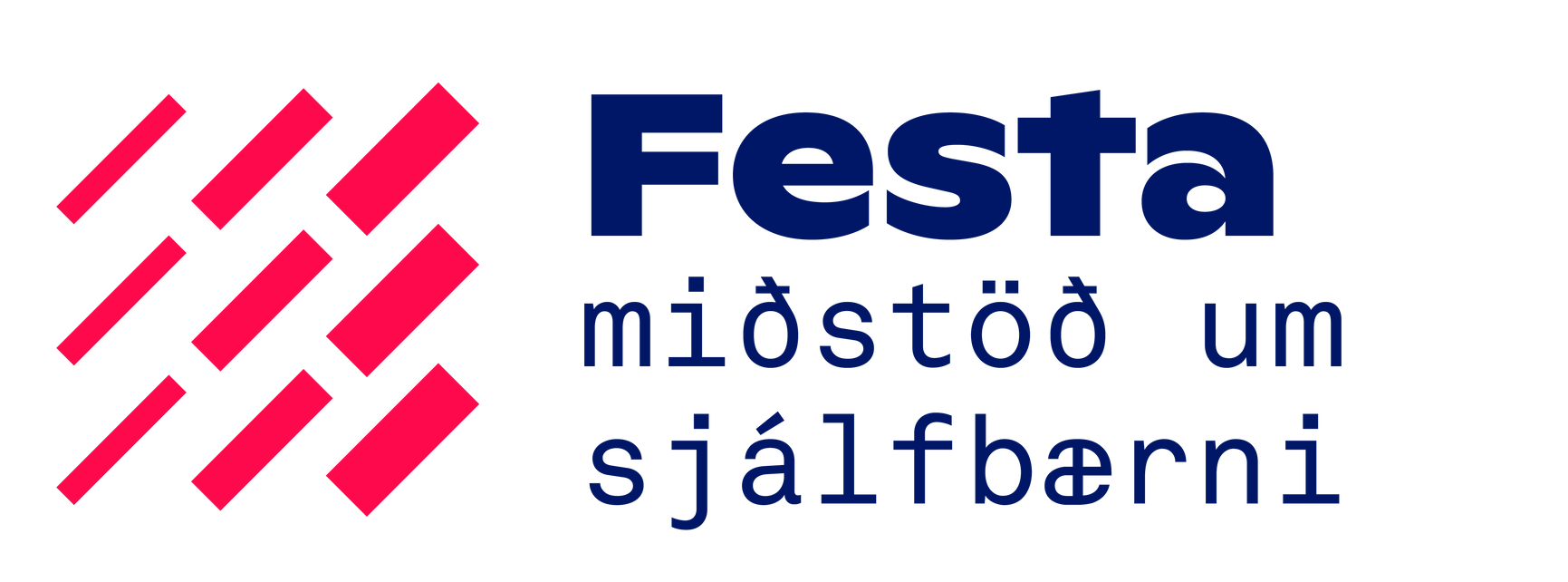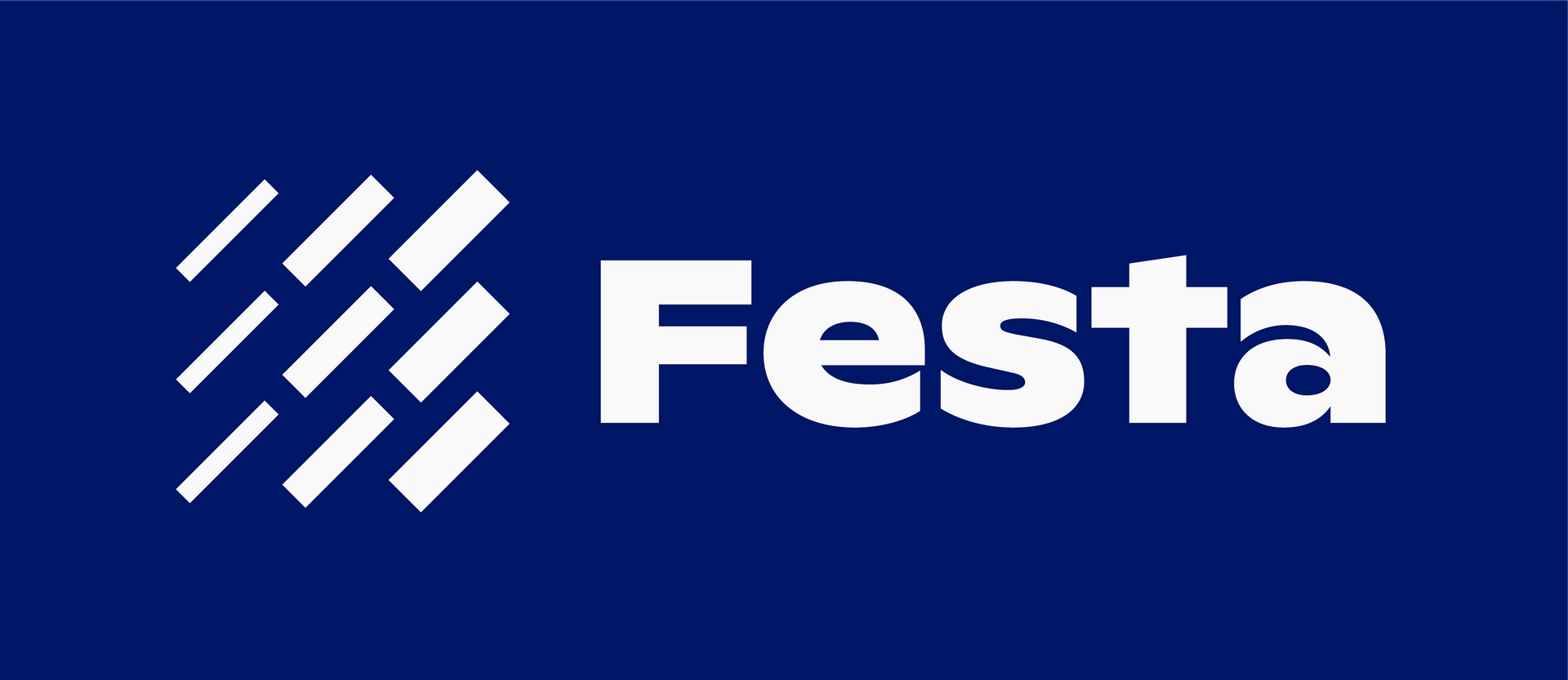06.04.2024
A shaping tool for the circular economy in action
We are all more or less convinced of the usefulness and importance of the circular economy as a key tool in the fight for increased sustainability in the world. But how does one establish oneself in a circular world, design circular products, and build circular businesses?
How do Icelandic companies and institutions implement the circular economy while maintaining competitiveness, quality, and value?
This is one of the questions we asked key experts in the field at a recent meeting of Festa member associations. A few points stood out in particular at the meeting.
- The first international definition of what constitutes circularity has now been published in a brand new ISO standard, ISO 59004, on the circular economy. The standard is a so-called management system standard like ISO 14001 or ISO 9001, if companies have implemented either of these then they have in fact already implemented a large part of ISO 59004. The standard will continue to evolve, but it is now out and a very powerful tool for implementing circularity in operations.
- Við þurfum skýra mælikvarða um hvenær við erum á réttri leið og þar eru bæði ISO staðallinn og nýja sjálfbærnilöggjöf ESB að veita okkur gagnleg tól.
- Fjölmargir handbækur hafa verið gefnar út til að auðvelda fyrirtækjum vegferðina í átt að hringrásarhagkerfinu og fengum við að heyra af nokkru þeim á umtöluðum viðburði Festu. Þar má nefna
leiðarvísi Sitra um hringrásarlausnir sem stuðla að verndun náttúru og
leiðarvísi gefin út af Cradlenet sem leiðir þig skref fyrir skref í innleiðingu hringrásar í rekstur.
- There are already countless amazing solutions that help us take big steps towards a circular economy that we can both benefit from and learn from. See an example from Sitra.
- It can be more difficult to transform a linear manufacturing company into a circular one, and therefore it may be more beneficial to establish a subsidiary and/or a separate product line for circular production as you phase out the older linear business model.
- One of the challenges we face is the need for better operational performance indicators (KPIs) that focus on the implementation of circularity in production and value chains. This presents an opportunity to create a unique position in the market.
- The value of the solutions that already exist cannot be underestimated when it comes to investing in the circular economy; the challenge often lies in shifting behavior and consumption towards a circular economy.
Recording from the World Circular Economic Forum, the world's largest circular economy conference: 15–16 April – Main event - WCEF2024




